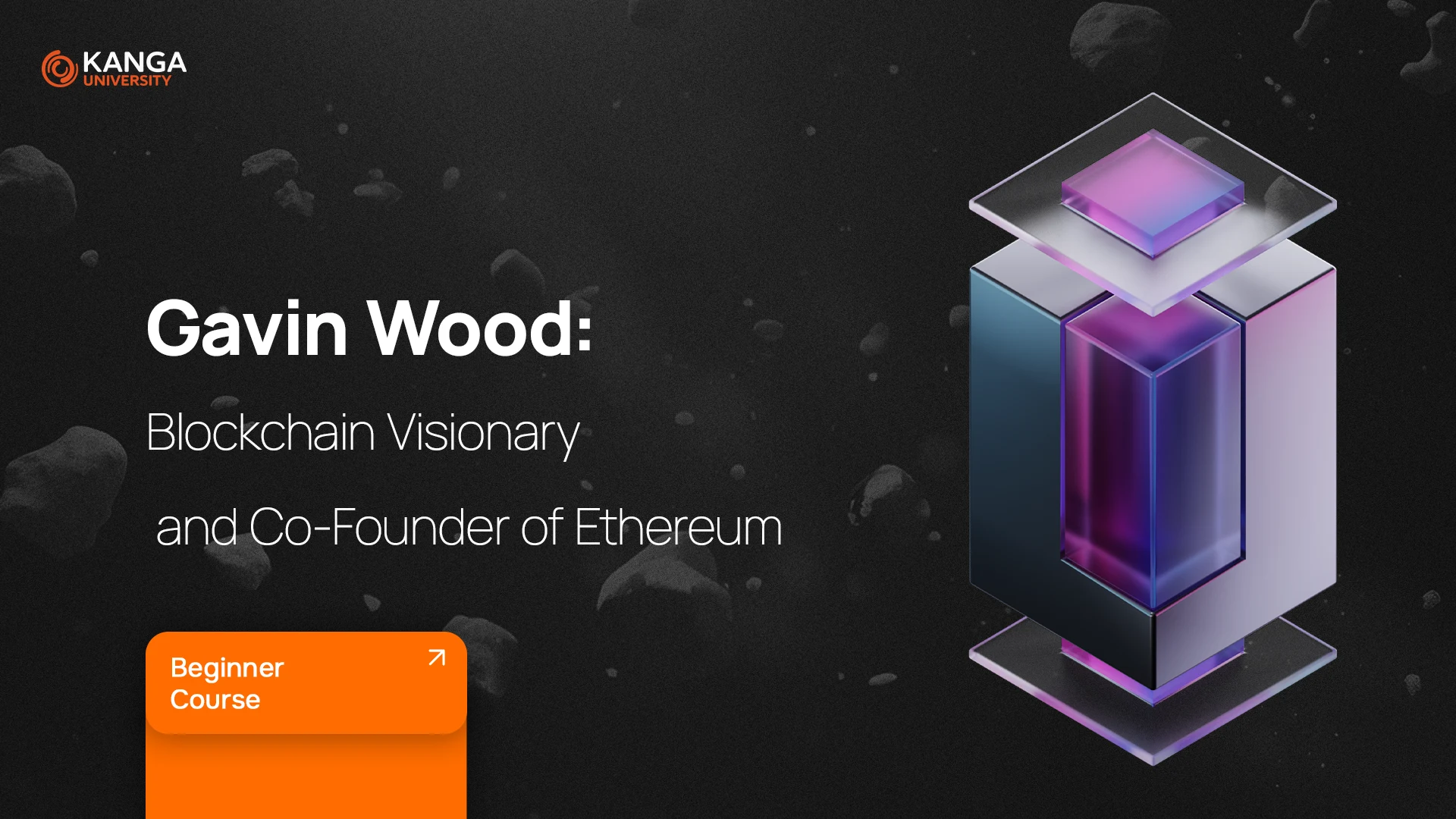
When people hear about Ethereum, they usually think of Vitalik Buterin. However, an equally important figure in the history of this cryptocurrency is Gavin Wood – one of the key architects of Ethereum, the creator of the Solidity programming language, and the founder of projects such as Polkadot and Kusama.
His contributions to the development of blockchain technology are significant. If you have ever wondered how smart contracts work or what Web3 is, then Wood played a major role in making these innovations possible.
Who Is Gavin Wood?
Gavin Wood was born in 1980 in the United Kingdom. From a young age, he was passionate about computers and programming. He studied software engineering at the University of York and earned a PhD in philosophy in 2005.
Before entering the world of cryptocurrencies, he worked in the IT industry, gaining experience as a software engineer and programmer. His career took a major turn in 2013, when he joined the team working on Ethereum.
Ethereum – A Revolutionary Blockchain Platform
In 2013, Gavin Wood, along with Vitalik Buterin, set out to create something more than just a cryptocurrency. Their goal was to develop a platform for building decentralized applications (dApps) and smart contracts.
Wood played a crucial role in Ethereum:
- Created Solidity – a programming language for smart contracts that enables automation on the blockchain.
- Wrote the “Yellow Paper” – a technical document detailing the inner workings of Ethereum.
- Helped develop Web3 – the concept of an internet where users have full control over their data and finances.
In 2015, Ethereum officially launched, and Wood became one of the most respected blockchain experts.
Parity Technologies – Innovations in Blockchain
After the success of Ethereum, Wood founded Parity Technologies in 2015. The company’s goal was to develop advanced blockchain software. Parity created projects such as:
- Parity Ethereum – an Ethereum client that allows users to run full nodes.
- Substrate – a framework that simplifies the creation of custom blockchains.
Thanks to these initiatives, Parity Technologies became a leader in the blockchain industry.
Polkadot – The Future of Blockchain?
Wood did not stop at Ethereum. In 2017, he founded the Web3 Foundation and began working on Polkadot, a next-generation blockchain that enables interoperability between different networks.
What Makes Polkadot Unique?
- Connects different blockchains – instead of creating isolated networks, Polkadot allows them to work together.
- More scalable – eliminates issues with high fees and slow transactions that Ethereum struggles with.
- Faster upgrades – uses an innovative governance system that enables smooth updates.
Polkadot quickly became one of the most important projects in the cryptocurrency and blockchain world.
Kusama – “The Wild Cousin of Polkadot”
To test new solutions before implementation, Wood also created Kusama, a blockchain that serves as a “sandbox” for Polkadot. Developers can experiment with new features on Kusama before deploying them on Polkadot’s main network.
This ensures that Polkadot evolves quickly and securely.
Is Gavin Wood Satoshi Nakamoto?
Some have speculated that Gavin Wood could be the creator of Bitcoin, known as Satoshi Nakamoto. However, Wood has denied these theories, stating that he only became interested in cryptocurrencies in 2013.
Regardless of these speculations, his contributions to blockchain development are undeniable. Ethereum, Polkadot, and Kusama are projects that have permanently changed the cryptocurrency landscape.
Summary
Gavin Wood is one of the most influential pioneers in blockchain technology. His most notable achievements include:
Co-founding Ethereum and developing the Solidity programming language
Founding Parity Technologies and advancing blockchain tools
Creating Polkadot, a next-generation blockchain
Developing Kusama, a test network for Polkadot
His work has had a significant impact on the future of cryptocurrencies, and Polkadot and Web3 may revolutionize the internet in the coming years.